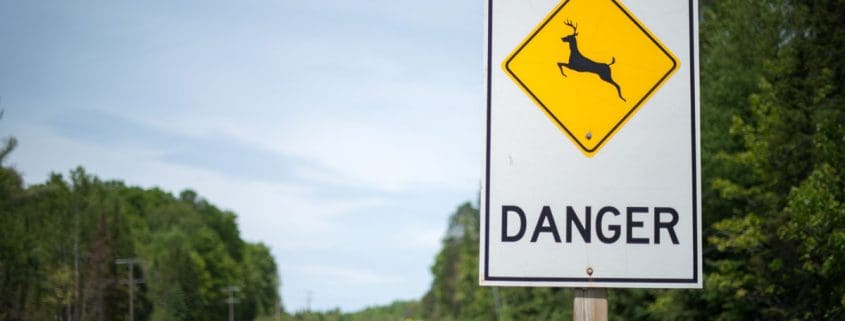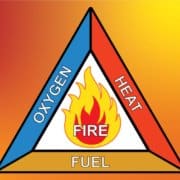Safety: Avoiding deer collisions
The fall season brings an increase in deer activity because it’s their time for mating and migrating. Avoid deer collisions by watching for darting deer, especially when driving early in the morning or at night. According to the insurance institute, 1.6 million deer-vehicle collisions occur each year, resulting in 200 fatalities, tens of thousands of injuries and over $3.6 billion in vehicle damage.
When driving this fall, you should:
Watch for the rest of the gang
Deer are pack animals, and rarely travel alone. If a deer crosses in front of you, chances are there are more nearby. The key is to slow down and keep an eye out for more deer darting across the road.
Timing is everything
Deer are most active at dusk and dawn periods when your vision is most compromised. Deer are on the move during mating season (between October and January) when you’re more likely to travel after the sun sets. Again, slow down and stay alert, especially after dark or at dusk.
Wear your seat belt
It may not prevent the collision, however, if the inevitable happens by wearing the seat belt can reduce injuries. This is very important if you lose control and collide with something bigger, and more stationary than a deer.
Observe the road signs
Look for the road signs. The yellow diamonds with the deer on it are placed in high-traffic areas for deer.
Stay the course
If you see a deer, brake firmly and calmly, stay in your lane. Swerving could make you lose control of your vehicle and turn a bad situation much worse. Not to mention, deer are unpredictable, and you could swerve directly into their changing path.


 Thompsons Limited
Thompsons Limited 





